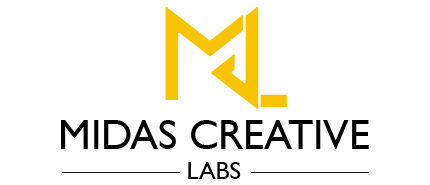Simple minimalistic design Vs complex multifaceted design & what to go for?
2 min read Published on: 15 April 2025Navigating the Web Design Debate: Simple vs. Complex Designs
In the realm of web design, there’s an ongoing debate: simplicity versus complexity. Should websites and web applications embrace a clean, minimalistic design for ease of navigation, or should they delve into intricate designs with multifaceted functionalities? Let’s explore the benefits and drawbacks of both approaches.
Simple, Easy-to-Navigate Designs:
Simplicity Reigns: One of the primary advantages of a simple design is its user-friendliness. With fewer distractions and clutter, users can easily find what they’re looking for and navigate the website or web application with ease.
Faster Load Times: Simple designs typically involve fewer elements, resulting in faster load times. This is crucial in today’s fast-paced digital landscape, where users expect instant access to information.
Enhanced Accessibility: A minimalist design often translates to improved accessibility, making it easier for users with disabilities to navigate the website or web application.
Potential Lack of Engagement: While simplicity can be appealing, it may also lead to a lack of engagement. Without visually stimulating elements or complex functionalities, users might not feel compelled to spend significant time on the site.
Complex, Intricate Designs:
Rich User Experience: Complex designs can offer a rich and immersive user experience, with visually stunning graphics, animations, and interactive elements that captivate users’ attention.
Advanced Functionalities: From advanced search features to personalized recommendations, complex designs can incorporate a wide range of functionalities that enhance the overall user experience and cater to diverse user needs.
Increased Development Time and Cost: Building and implementing complex designs require more time, resources, and expertise, which can result in higher development costs and longer project timelines.
Potential for User Overwhelm: With too many features and functionalities, users may feel overwhelmed or confused, leading to frustration and a higher bounce rate.
Conclusion: What Clients Should Consider
When considering whether to opt for a simple or complex design for their website or web application, clients should weigh several factors:
- User Needs: Understanding the target audience and their preferences is paramount. A simple design may suffice for straightforward informational websites, while complex designs may be more suitable for e-commerce platforms or interactive applications.
- Brand Identity: The design should align with the client’s brand identity and messaging. A minimalist design may convey a sense of elegance and sophistication, while a more intricate design can showcase creativity and innovation.
- Functionality Requirements: Clients should prioritize functionality based on their specific goals and objectives. If the website or web application requires advanced features and functionalities, a more complex design may be necessary.
- Budget and Timeline: Considerations such as budget constraints and project timelines should also factor into the decision-making process. Clients should determine the optimal balance between design complexity and resource allocation to achieve their desired outcomes within the specified parameters.
In essence, the choice between a simple, easy-to-navigate design and a complex, intricate design ultimately depends on the unique needs and preferences of the client and their target audience. By carefully evaluating these factors and collaborating closely with experienced web designers and developers, clients can ensure the successful creation of a website or web application that effectively meets their objectives and resonates with their users.
Related Insights
Choosing between WordPress Themes vs. Custom WordPress Development
3 min readWhen it comes to building a WordPress website, one...
Read More
The Importance of SEO: Boosting Your Online Visibility and Conversions
3 min readIf you’ve ever wondered how some websites always seem...
Read More
Why Your Business Needs a Professional Web Design Agency and Custom Designed Websites
2 min readWhy Your Business Needs a Professional Web Design Agency...
Read More

 Back To Previous
Back To Previous